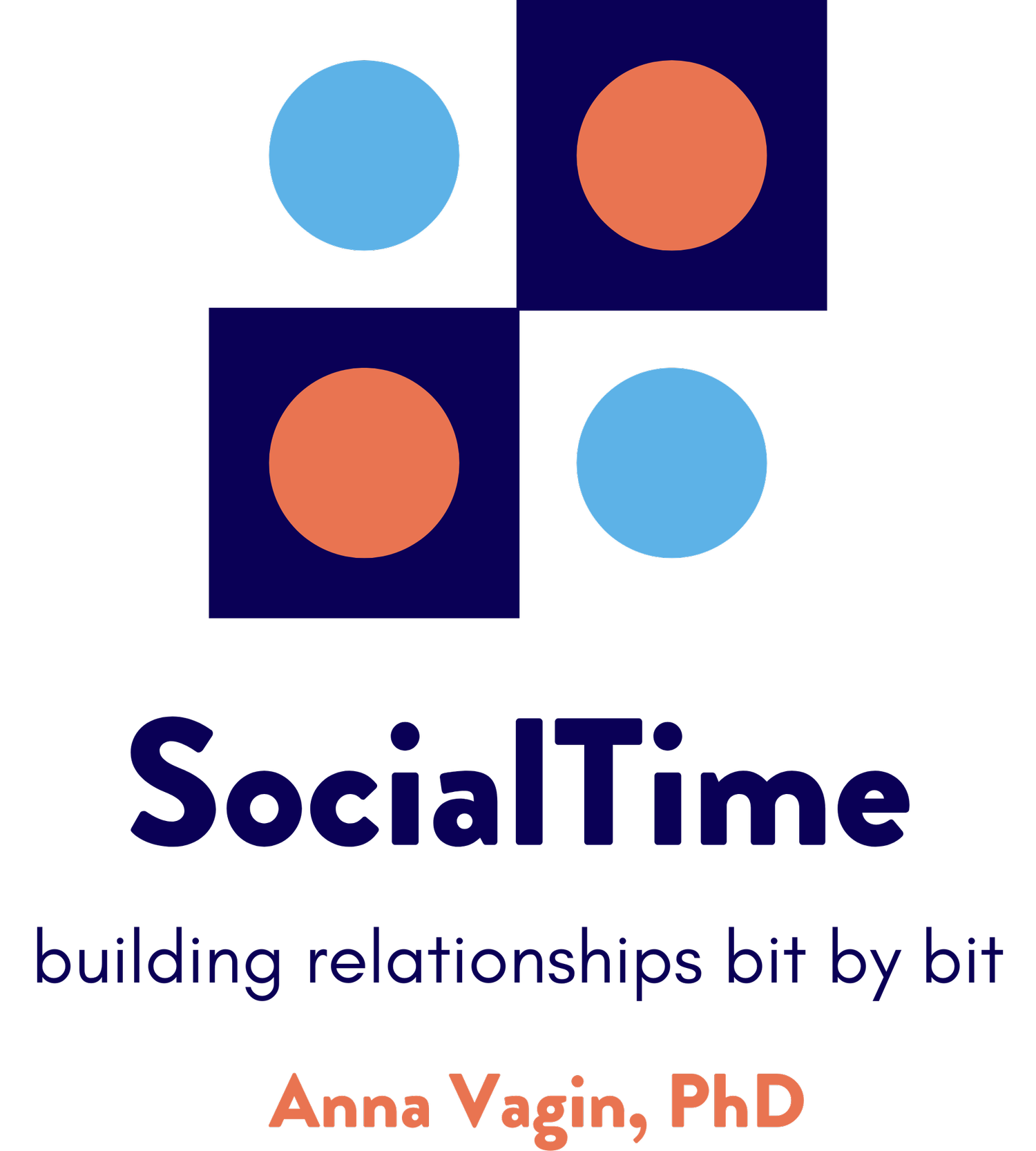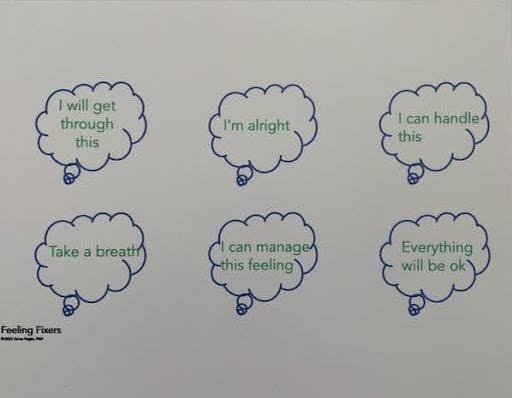Step Into My Sessions: Integrating continuums into our work
With concepts that are relative, continuums are a great visual
The week before school got out, I saw a student who often reacts to limits (especially from her mother) with anger and inflexibility. 😡 She is working hard to understand her feelings, how her reactions affect others, and how she can manage her BIG feelings. She has come very far in the past two years and is a super special individual and a good, caring friend to many. 🥰
Well, she came in quite upset. 😤 Her mother was refusing to let her wear heels to graduation. Since this was 5th grade, we are talking “low heels.” She told me how she had been yelling at her mom, how she HAD to wear heels. We unpacked a bit, recognizing that one of the reasons she was so angry was that she was actually worried that other girls (who would be wearing heels) would see her as “uncool” and “immature.” When she realized that I was not going to tell her mom to let her wear heels, she was angry with me, spilling a bowl of pretzels on the table. 😠
Visuals have always helped this student in the past, so I knew I needed a visual support in this moment. Since I have been thinking and writing a lot about continuums, I thought “Now’s the time to try one!” 💡
So, we made this continuum in PowerPoint. The student helped come up with the five points on the continuum – getting student buy-in is super important in all of our work! When we made the point on the far right, she added “Well, I will never think that!” She quickly identified where she was at the moment, and that she was feeling super angry (I didn’t love the emoji, but it was the best I could find in the moment.)
We talked about the situation. This student has been working steadily (and loves!) the What to do when Your Temper Flares workbook by Dawn Huebner – so we discussed how feelings pair with thoughts. We often have talked about the premise of the book that “the only thing that makes you angry is you.” Because we had laid this groundwork throughout the year, she was able to regain calm and really think about the situation. Of course, we used my Feeling Fixers to give her examples of positive self-talk:
After about 20 minutes, I asked her if she was still in the same spot on the continuum. And, guess what? She reported a move – in thought and in feeling: 👏
The fact that she wasn’t at the far-right spot validated to her that she had made significant movement AND still wasn’t happy. And that was okay. How often do we have to accept something, and still feel sad or mad about it? 🫤 Such an important life lesson/example. We printed out the continuum, laminated it (that’s how important it was for her!) and off she went.
I admit, I assumed that she would still yell at her mom when she got in the car – after all, we are talking heels!! I was so pleasantly surprised, and ever so proud of this student when her mom emailed me that NO – she didn’t ever yell about the heels again. Not that evening, not for the next four days before graduation. So, guess what her mom did? She bought her some low heels to wear. And emphasized to her daughter how she had worked hard and successfully to find flexibility and kindness. 💞
I have more continuum examples to share, so stay tuned. If you try continuums in your work, please send me 📧 your ideas so I can share them!
Until then, I hope you are having a terrific summer!! 🌞
-Anna




